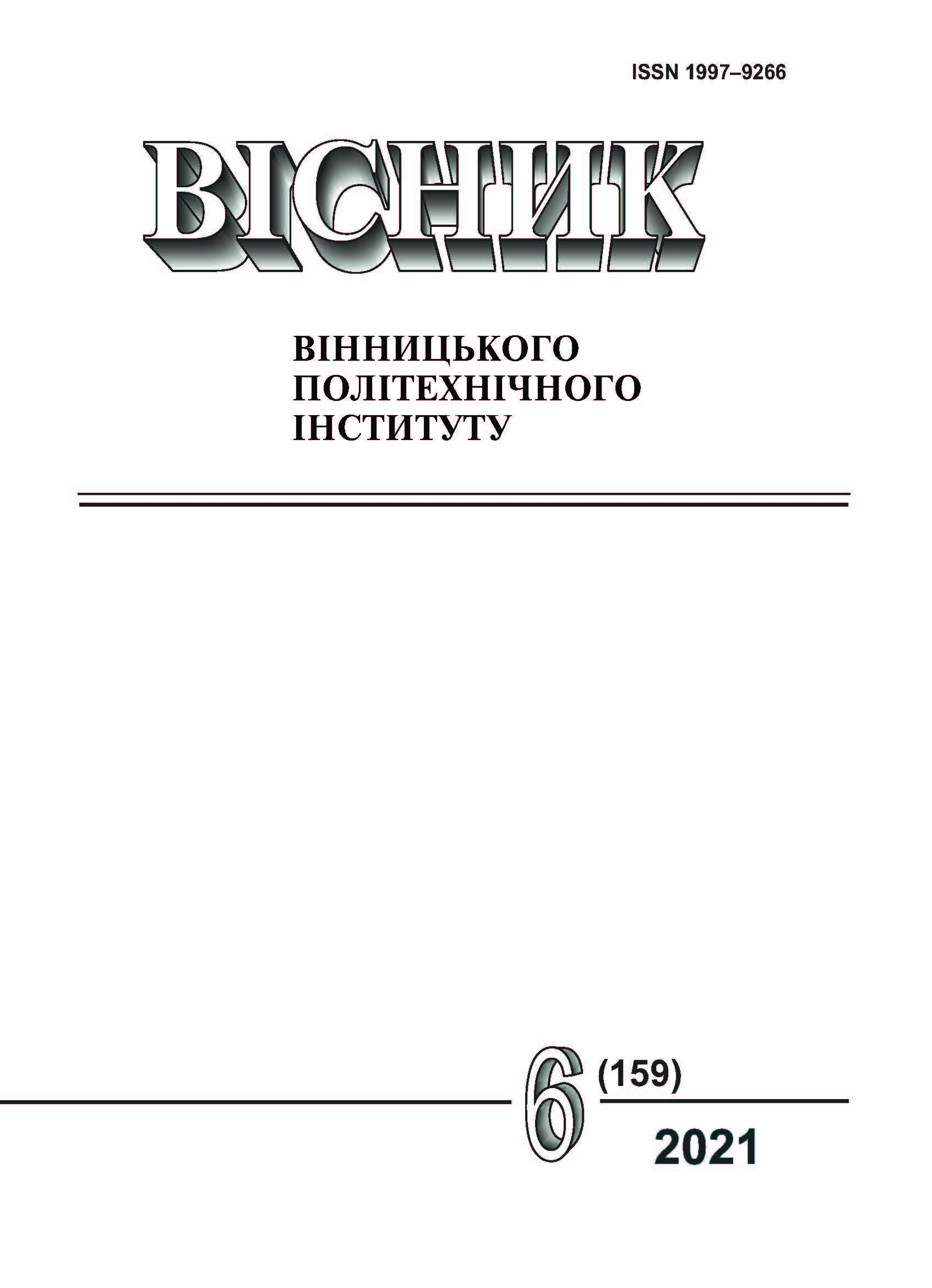Stability of Cascaded Voltage Control Systems of DC-DC Converters
DOI:
https://doi.org/10.31649/1997-9266-2021-159-6-51-57Keywords:
DC-DC boost converter, voltage controller, regulation error, stability proof, singular perturbation systems theoryAbstract
The paper is devoted to research and development of the cascaded DC-link voltage control systems for DC-DC boost converters whose mathematical model is highly nonlinear and non-minimum phase. The relevance of the analysis method for classic control systems for DC-DC boost converters is substantiated, which are similar to vector-controlled electric drives systems if the speed controller is replaced by DC-link voltage controller.
It is shown that the reduced-order solution of initial nonlinear system dynamics can be obtained giving the time-scale separation between the input current and the DC-link voltage control processes based on the singular perturbation systems theory. In its turn, it is concluded that the reduced-order system dynamics is locally (asymptotically) stable if cascaded control algorithm is applied. The similarity of the time-scale separation conditions for the cascaded control systems with proportional and proportional-integral DC-link voltage controller is shown. The time-scale separation of the control processes is achieved if inner current regulation loop is much faster than the outer voltage regulation loop.
The simulation study demonstrates that if the time-scale separation conditions between the input current and the DC-link voltage regulation are met then the full-order system dynamics of the DC-link voltage regulation of DC-DC boost converters is close to the reduced-order system dynamics. The control algorithm has a typical structure of the modern controlled converters applied in hybrid energy storage systems for electric vehicles. From the results of the simulation study, it follows that the influence of the inner resistance of the input inductance on the system stability and quality indicators of the DC-link voltage control process is insignificant for the investigated DC-DC boost converter.
References
A. Yazdani, and R. Iravani, Voltage-sourced converters in power systems, Hoboken, NJ, USA: John Wiley & Sons, 2010.
V. A. Caliskan, O. C. Verghese, and A. M. Stankovic, “Multifrequency averaging of DC/DC converters,” in IEEE Transactions on Power Electronics, vol. 14, no. 1, pp. 124-133, Jan. 1999. https://doi.org/10.1109/63.737600 .
K. L. Shenoy, C. G. Nayak, and R. Mandi, “State space analysis of boost DC/DC converter with voltage mode control,” AIP Conference Proceedings, AIP Publishing, vol. 1859, no. 1, 2017, pp. 1-7. https://doi.org/10.1063/1.4990215 .
M. Forouzesh, Y. Pp. Siwakoti, S. A. Gorji, F. Blaabjerg, and B. Lehman, “Step-up DC-DC converters: A comprehensive review of voltage-boosting techniques, topologies, and applications,” in IEEE Transactions on Power Electronics, vol. 32, no. 12, pp. 9143-9178, dec. 2017. https://doi.org/10.1109/TPEL.2017.2652318 .
S. Peresada, S. Kovbasa, D. Pristupa, D. Pushnitsyn, and Y. Nikonenko, “Nonlinear control of voltage source AC-DC and DC-DC boost converters,” Bulletin of National Technical University Kharkiv Polytechnic Institute. Problems of Automated Electrodrives. Theory and Practice. Power Electronics and Energy Efficiency, Kharkiv, no. 27, pp. 84-88, 2017.
P. V. Kokotović, H. K. Khalil, and J. O’Reilly, Singular perturbation methods in control: analysis and design. London, Orlando: Academic Press, 1986.
С. М. Пересада, С. Н. Ковбаса, Є. О. Ніконенко, і С. В. Божко, «Концепція експериментального дослідження електромеханічних систем електричних транспортних засобів з гібридними джерелами живлення,» Технічна електродинаміка, № 5, вересень/жовтень, c. 55-60, 2018. https://doi.org/15407/techned2018.05.057.
S. Peresada, Y. Nikonenko, S. Kovbasa, A. Kuznietsov, and D. Pushnitsyn, “Rapid prototyping station for batteries-supercapacitors hybrid energy storage systems,” in IEEE 39th International Conference on Electronics and Nanotechnology (ELNANO), Kyiv, Ukraine, April 16-18, pp. 826-831, 2019. https://doi.org/10.1109/ELNANO.2019.8783731.
Downloads
-
PDF (Українська)
Downloads: 222
Published
How to Cite
Issue
Section
License

This work is licensed under a Creative Commons Attribution 4.0 International License.
Authors who publish with this journal agree to the following terms:
- Authors retain copyright and grant the journal right of first publication.
- Authors are able to enter into separate, additional contractual arrangements for the non-exclusive distribution of the journal's published version of the work (e.g., post it to an institutional repository or publish it in a book), with an acknowledgment of its initial publication in this journal.
- Authors are permitted and encouraged to post their work online (e.g., in institutional repositories or on their website) prior to and during the submission process, as it can lead to productive exchanges, as well as earlier and greater citation of published work (See The Effect of Open Access).





